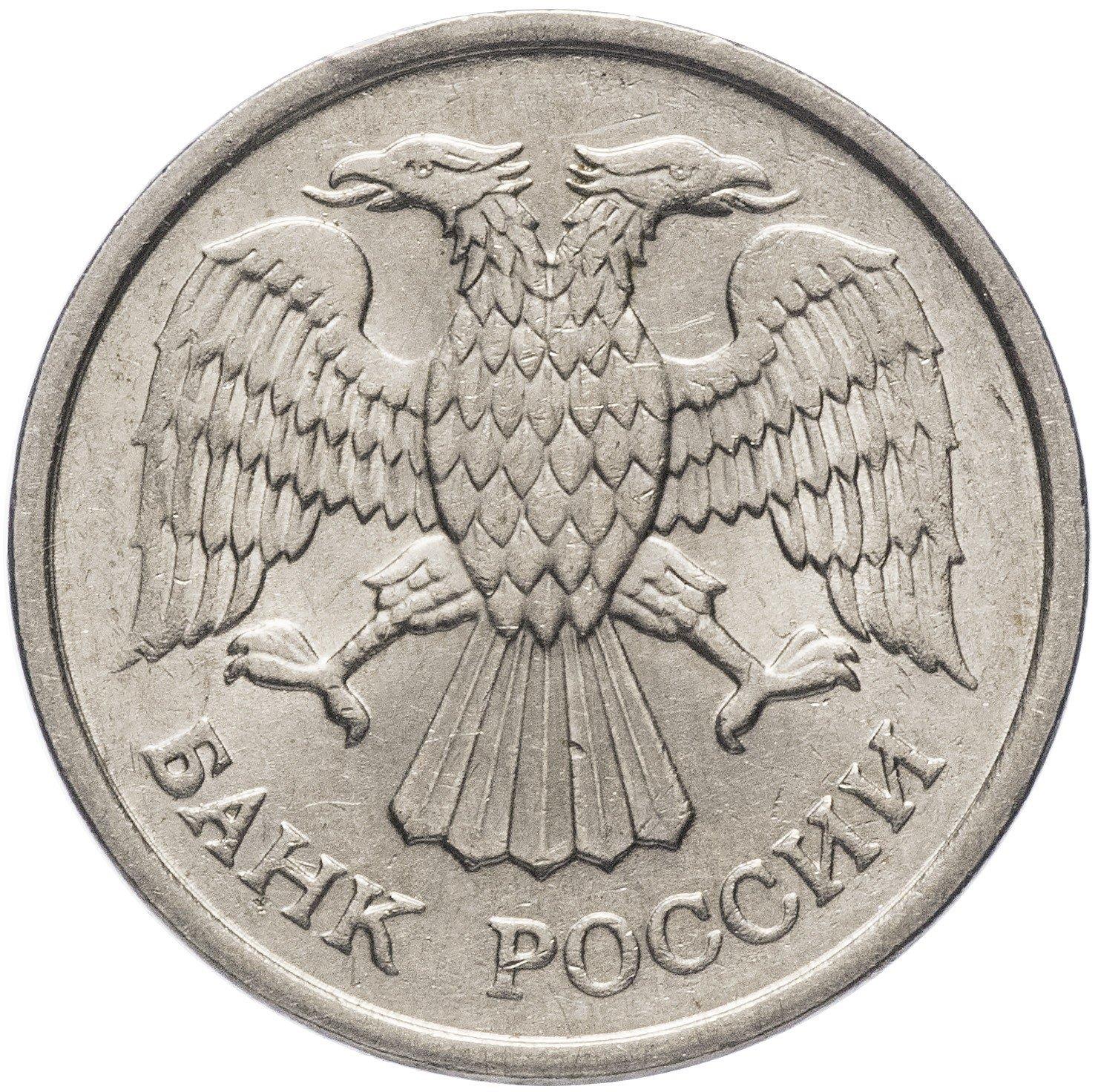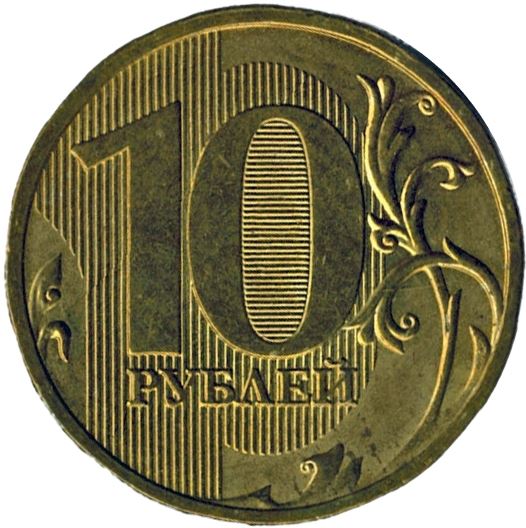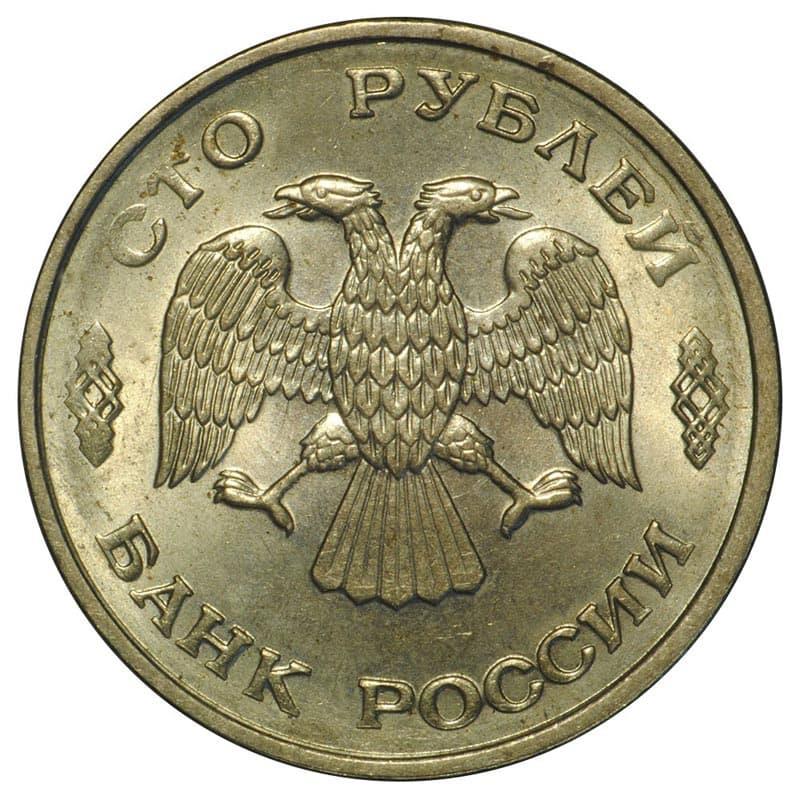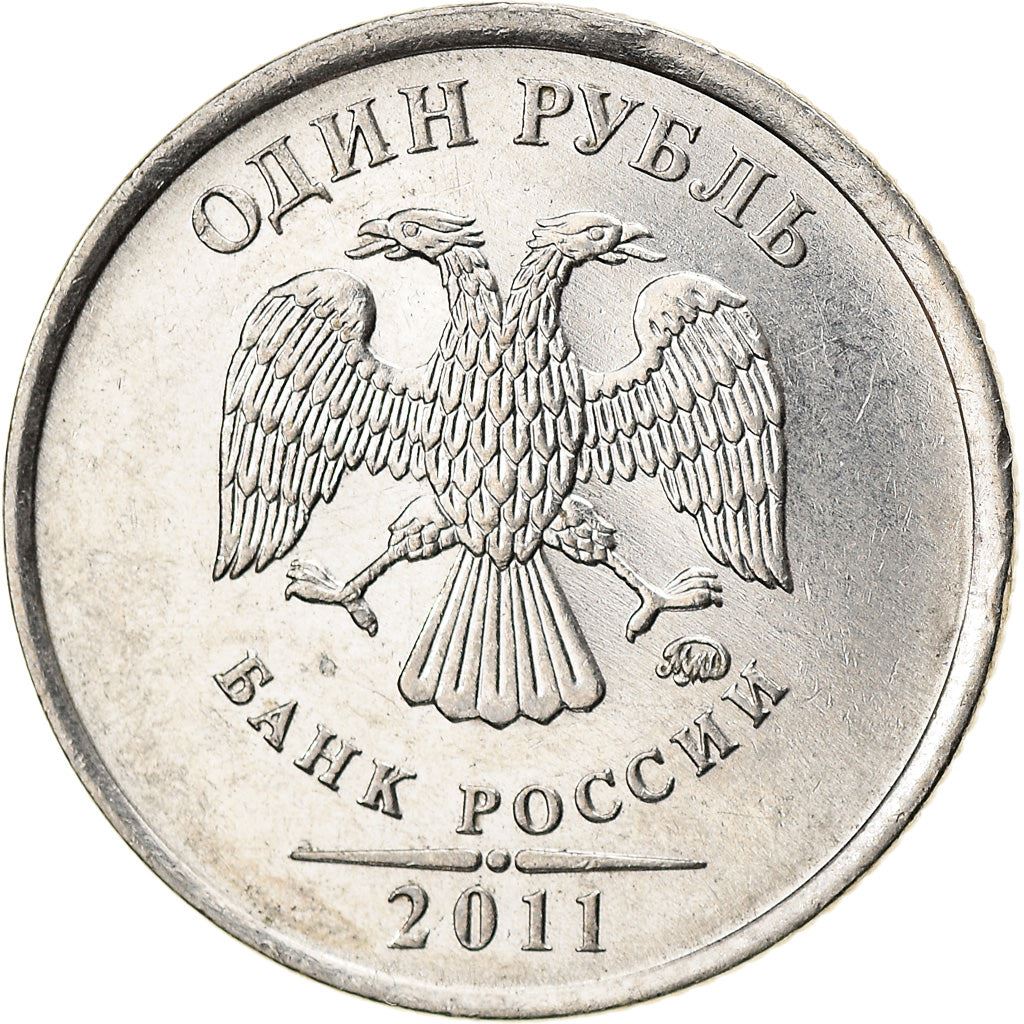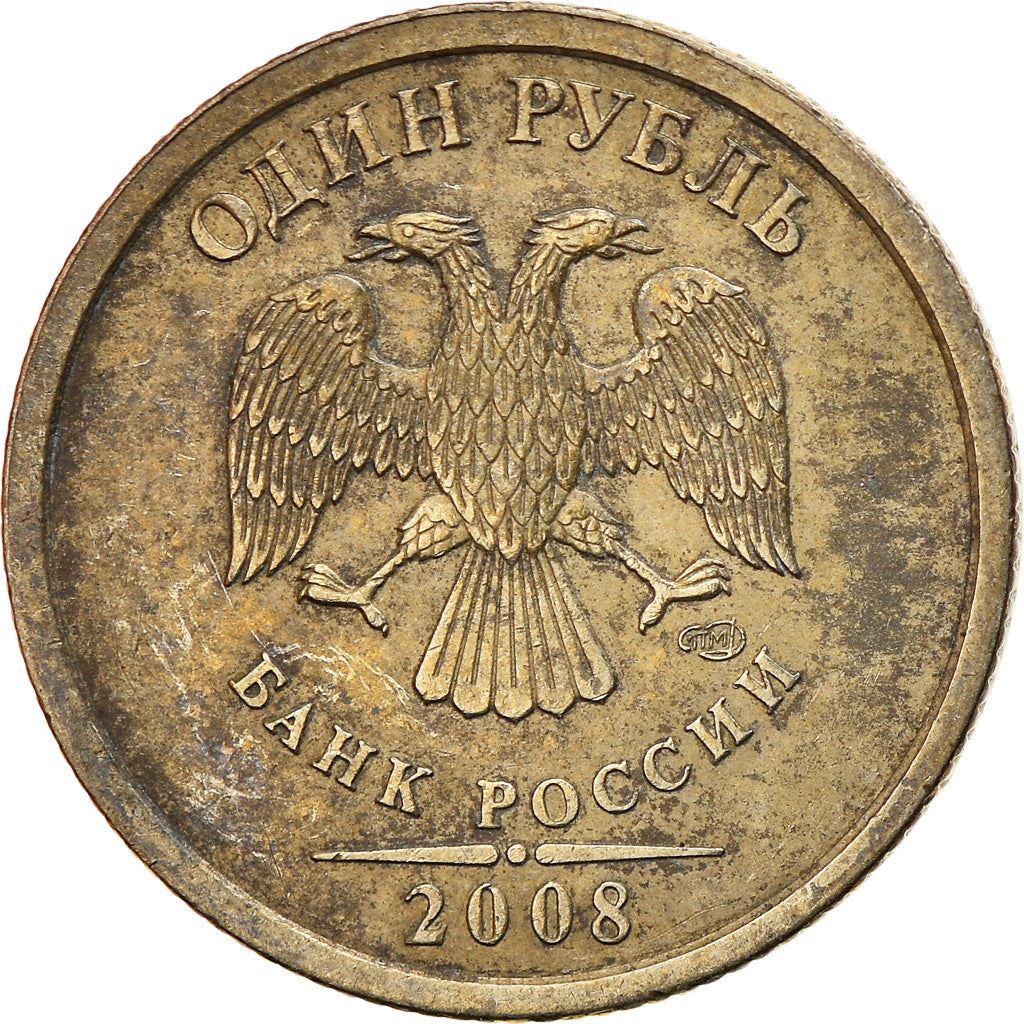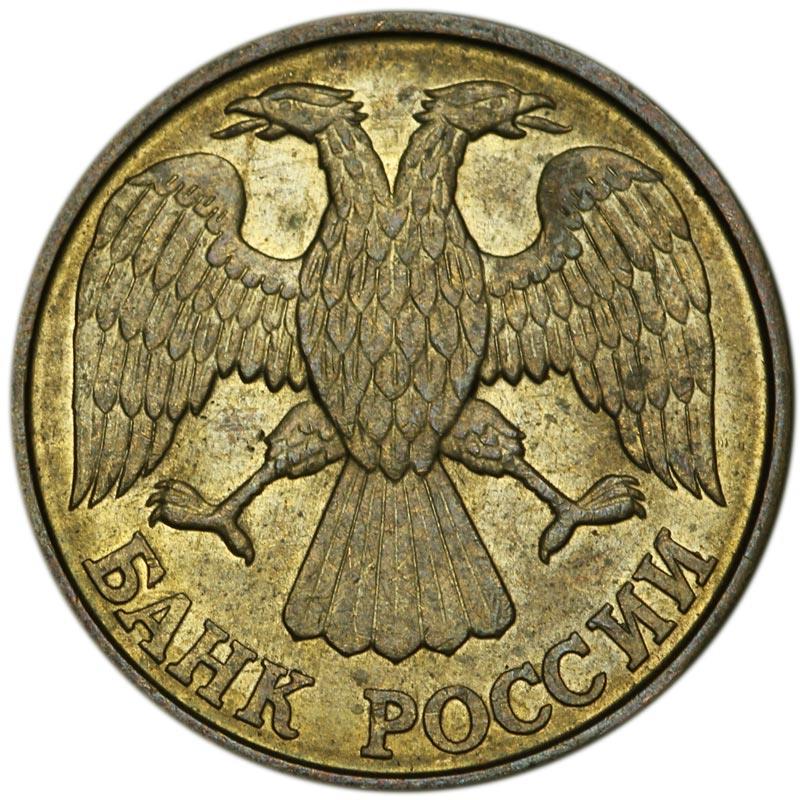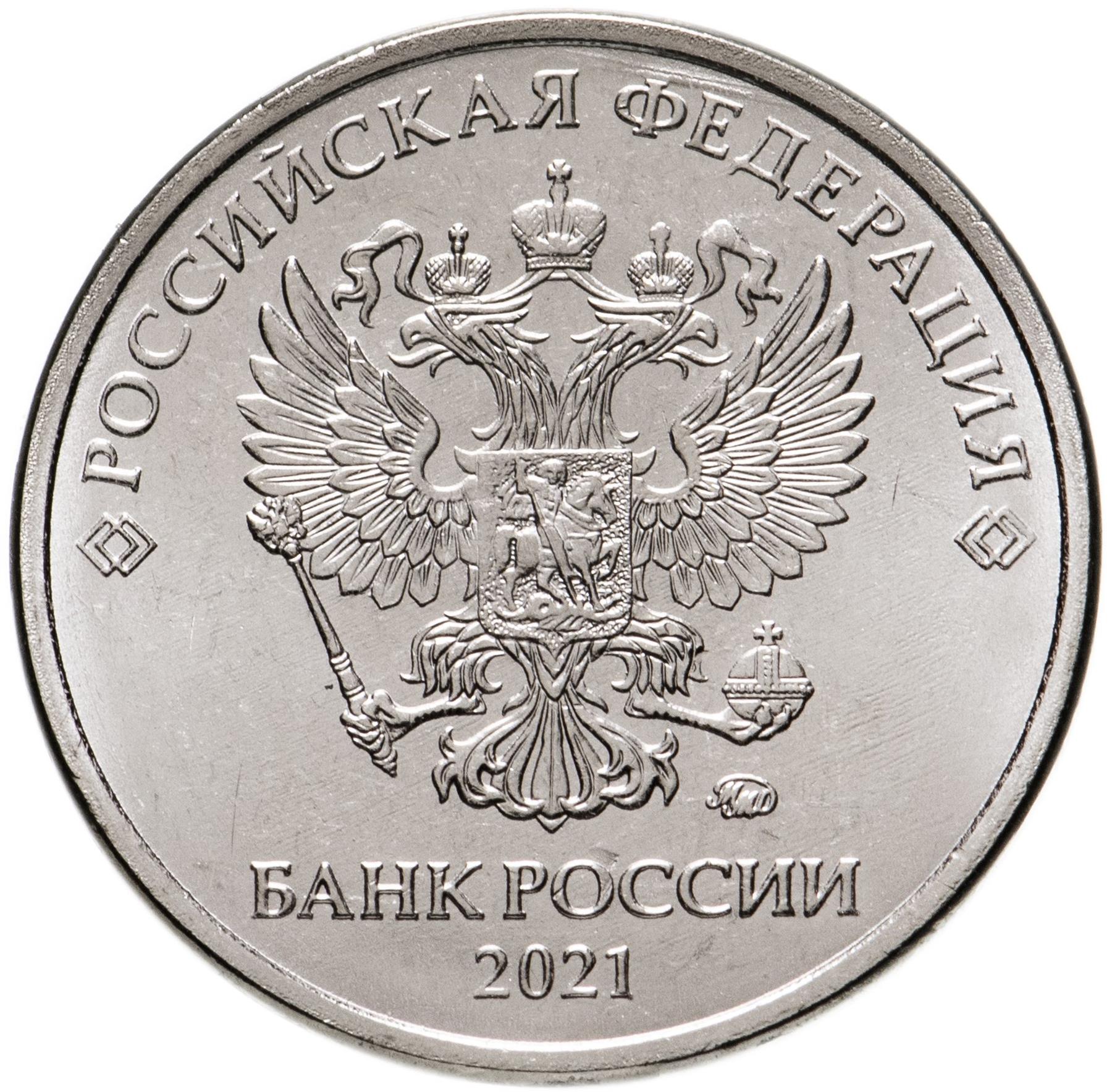Main menu
-
-
-
- Algeria (36)
- Botswana (31)
- Egypt (140)
- Ethiopia (17)
- Ghana (34)
- Kenya (52)
- Libya (7)
- Mauritius (23)
- Malawi (27)
- Morocco (39)
- Namibia (8)
- Nigeria (23)
- Tanzania (17)
- Tunisia (29)
- Sierra Leone (8)
- Seychelles (41)
- South Africa (247)
- Swaziland/Eswatini (22)
- Uganda (34)
- Zambia (24)
- Zimbabwe (15)
- Western African States (8)
-
- Afghanistan (20)
- Armenia (9)
- Azerbaijan (7)
- Bahrain (29)
- British Ceylon (0)
- China (26)
- Cyprus (44)
- Georgia (11)
- Hong Kong (62)
- Iran (26)
- Iraq (12)
- Israel (59)
- India (283)
- Indonesia (47)
- Japan (24)
- Kazakhstan (35)
- Kuwait (20)
- Lebanon (32)
- Macau (6)
- Malaysia (31)
- Maldives (20)
- Malaya and British Borneo (1)
- Nepal (85)
- North Korea (16)
- Oman (142)
- Pakistan (60)
- Philippines (89)
- Saudi Arabia (38)
- Singapore (35)
- South Korea (19)
- Sri Lanka (80)
- Syria (2)
- Taiwan (25)
- Thailand (117)
- United Arab Emirates (29)
- Vietnam (11)
- Qatar (23)
-
- Albania (28)
- Austria (49)
- Belarus (4)
- Belgium (99)
- Bulgaria (84)
- Bosnia and Herzegovina (2)
- Croatia (26)
- Czech Republic (10)
- Czechoslovakia (65)
- Estonia (13)
- Denmark (104)
- France (156)
- Finland (59)
- Germany (282)
- West Germany (13)
- East Germany (23)
- German Reich (32)
- Nazi Germany (17)
- Greece (89)
- Guernsey (45)
- Hungary (87)
- Iceland (48)
- Ireland (29)
- Italy (86)
- Jersey (56)
- Kingdom of Prussia (1)
- Poland (155)
- Latvia (23)
- Lithuania (21)
- Luxembourg (32)
- Malta (26)
- Moldova (4)
- Netherlands (74)
- North Macedonia (10)
- Norway (65)
- Portugal (52)
- Russian Federation (9)
- Russian Empire (4)
- Romania (88)
- Serbia (17)
- Sweden (97)
- Spain (141)
- Slovenia (15)
- Slovakia (9)
- Soviet Union (70)
- Switzerland (40)
- Turkey (105)
- United Kingdom (295)
- Ukraine (29)
- Yugoslavia (92)
-
- Aruba (10)
- Bahamas (18)
- Barbados (20)
- Belize (16)
- Bermuda (25)
- Cayman Islands (20)
- Canada (140)
- Cuba (59)
- Costa Rica (67)
- Dominican Republic (31)
- Eastern Caribbean States (28)
- Guatemala (3)
- Honduras (10)
- Jamaica (35)
- Mexico (80)
- Netherland Antilles (22)
- Nicaragua (50)
- Panama (60)
- Trinidad & Tobago (20)
- United States (214)
-
- Banknotes (145)
- Currency supplies (18)
- Berlin wall (1)
- Postage stamps (21)
Double-headed Eagle
46 products
Showing 1 - 46 of 46 products
The Double-headed Eagle is a powerful heraldic symbol that represents authority, dominance, and control, often associated with empires and significant nation-states. This emblem has been prominently featured on coins throughout history, symbolizing a ruler's power over vast territories and their dominion over both the East and West.
Historical Significance
-
Byzantine Empire:
- The double-headed eagle is believed to have originated with the Byzantine Empire, where it symbolized the unity and dominance of the Eastern and Western Roman Empires under a single ruler. The two heads facing opposite directions represent control over both halves of the empire.
-
Holy Roman Empire:
- Adopted by the Holy Roman Empire, the double-headed eagle became a symbol of the emperor’s supreme authority over Christendom, reflecting both spiritual and temporal power. It signified the emperor's claim to be the legitimate successor of the Roman emperors of old.
-
Russian Empire:
- The double-headed eagle was later adopted by the Russian Empire under Ivan III, symbolizing the Tsar's autocratic rule and the continuation of Byzantine legacy. It became a central emblem of Russian heraldry, appearing on the state coat of arms and coins.
Symbolism
-
Power and Dominion:
- The two heads of the eagle represent dual sovereignty, control over multiple regions, and the ability to look both east and west simultaneously. This conveys a message of comprehensive dominion and vigilance.
-
Unity and Authority:
- The double-headed eagle symbolizes the unification of territories and the centralized authority of the ruler. It often appears with crowns, scepters, and orbs, further emphasizing imperial power and the divine right to rule.
Representation on Coins
-
Design Elements:
- The double-headed eagle is typically depicted with two crowned heads facing opposite directions. It may hold a scepter and an orb in its talons, symbols of temporal power and Christian dominion. Often, it is crowned with an imperial crown above the two heads, reinforcing the idea of supreme authority.
- The eagle's wings are usually spread wide, symbolizing protection and the far-reaching power of the empire.
-
Byzantine Coins:
- Byzantine coins frequently featured the double-headed eagle, especially during the later periods of the empire. These coins were minted to showcase the emperor's power and the unity of the empire under one rule.
-
Holy Roman Empire Coins:
- Coins from the Holy Roman Empire often depicted the double-headed eagle, particularly on larger denominations and commemorative issues. These designs reinforced the emperor's authority over the diverse territories within the empire.
-
Russian Coins:
- Russian coins from the Tsarist period prominently featured the double-headed eagle, reflecting Russia's claim to be the heir of the Byzantine Empire and its control over a vast and diverse territory. This emblem remains a significant part of Russian heraldry today, continuing to appear on modern currency and official seals.
Modern Usage
-
National Symbol:
- The double-headed eagle continues to be used as a national symbol in various countries, particularly those with historical ties to the Byzantine and Holy Roman Empires, such as Russia, Serbia, and Albania.
-
Commemorative Coins:
- Modern commemorative coins may feature the double-headed eagle to celebrate historical events, national heritage, and milestones related to the nations that have historically used this symbol. These coins often highlight the rich history and cultural significance of the emblem.
Conclusion
The double-headed eagle is a potent symbol of power, dominion, and unity, deeply rooted in the history of some of the world’s most influential empires. Its depiction on coins serves as a testament to the authority and far-reaching control of the rulers who adopted this emblem. Today, it continues to symbolize national pride and historical continuity, making it a significant motif in numismatics.

